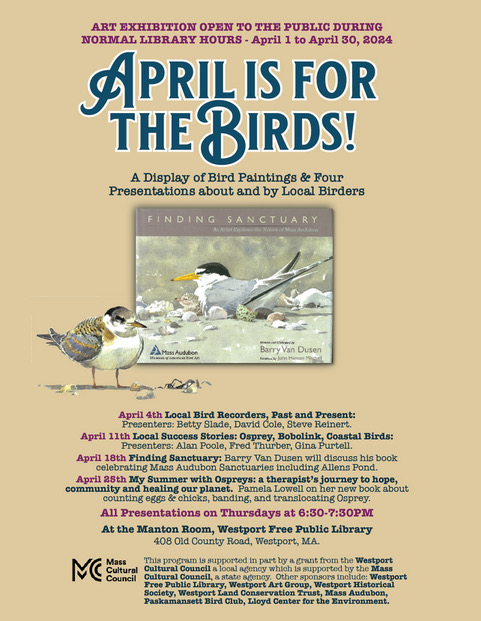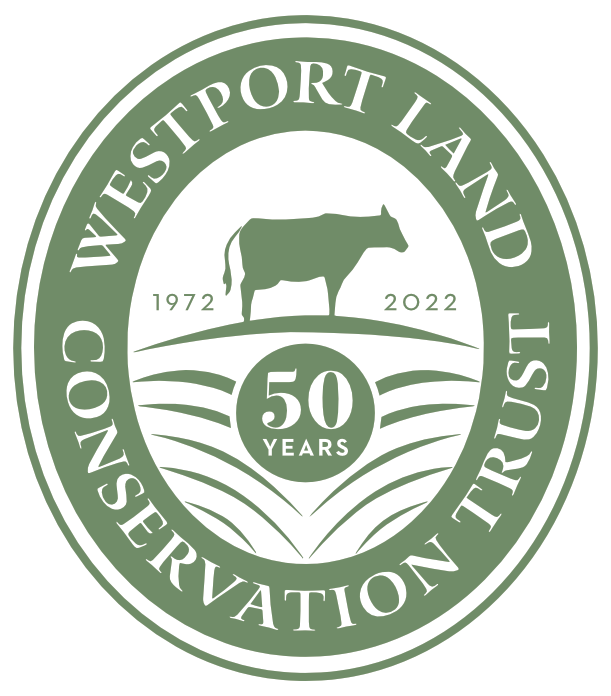Birds (and wildlife) are nature’s weatherpersons: they follow trends, seek particular climates, and hone in on changes that bring optimal food supplies for their needs. Following birdlife can be like tracking a weather chart for a particular region.
Now that the snows have melted from the Farm Coast and beckoned the early green growth of spring in, we are starting to see some of the great diversity of warmer weather birdlife come back into the area. Between swallows and swifts, shorebirds and songbirds, spring brings a new variety of natural wonder to Westport’s wild places.
Shorebirds
Westport lays claim to some of the most beautiful coastline of New England. The nutritious array of food available to the species who call the shore home only becomes richer as the weather warms. Between crustaceans, invertebrates, and the dense collection of microorganisms known as “biofilm,” shorebirds in Westport are eating well.
As the weather warms, we have already begun to see some of our first sightings of Piping Plovers – first in ones and twos, probing for food and staking out interesting nesting grounds. By now, the American Oystercatcher will be back, as well, with its bright orange bill and “yelp” calls.
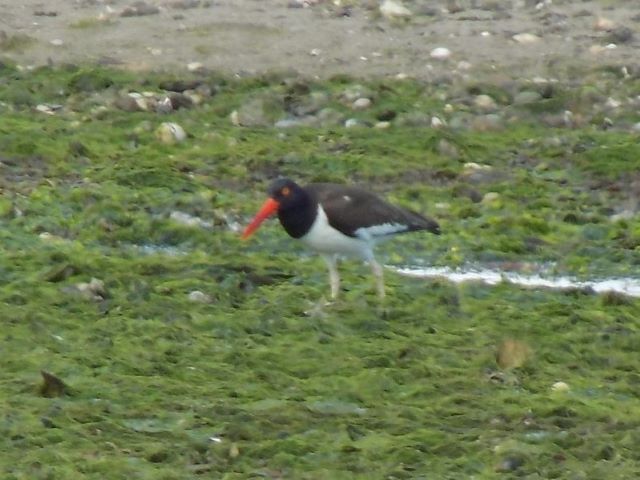
These types of birds tend to favor sandy coastline and can often be found along Cherry and Webb or Gooseberry Island. We’ll be exploring Gooseberry Island with the WRWA on May 16, by which point a wide variety of other shorebird species will likely have joined the denizens getting ready for summer weather.
Raptors
Perhaps the surest sign of things to come in New England is the arrival of our fish hawk, the Osprey. Of a pair, the male Osprey tends to migrate ahead of the female, arriving at potential nest sights to do some seasonal rehab to their summer home. Once the nest is tidied up–and the female consents–nesting can begin in earnest.
You can spot Osprey nests in manmade stands along the Westport River, as well as at sites like Mass Audubon’s Allens Pond or our own Richmond Pond. Osprey are extremely versatile, and are known to nest in trees, on docks, or even in construction cranes.
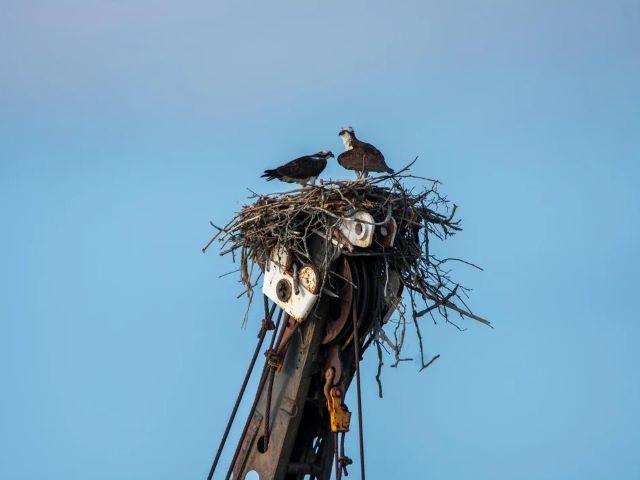
Songbirds
Early spring also bring in some of our wonderful early songbirds. By now you may have already caught wind of Tree Swallows on the periphery of your yard, or in the fields around Dunham’s Brook or Herb Hadfield Conservation Areas. They are beginning to nest in cavities and hollows, anywhere that provides a little protection from the elements. Birds like the Eastern Towhee and the Yellow-rumped Warbler – and, to a lesser extent, the Chipping Sparrow – may have spent their winters here, but will now begin singing much more prominently and be easily seen. As April continues into May, the numbers of warblers will increase significantly until the peak of spring migration.
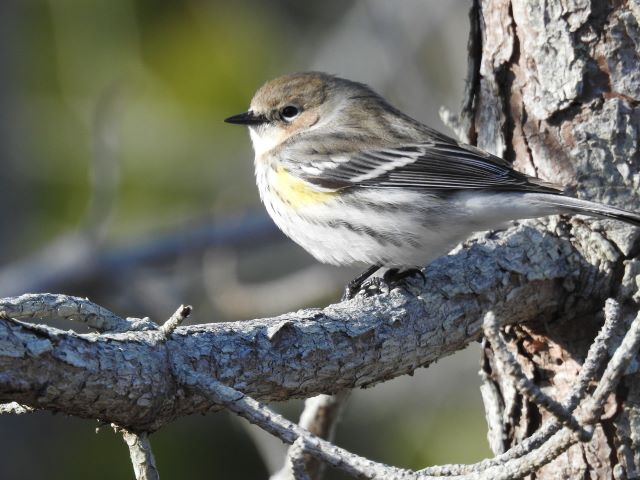
Swifts and Hummingbirds
By late April, a few of the real harbingers of the warmer temperatures will have arrived. Personally, I find these two species equally wonderful, but lauded at opposite ends of the spectrum.
The Ruby-throated Hummingbird will be spotted seeking nectar from flowers and flowering trees, beating the arrival of its fiercest competitor, the Monarch butterfly, by a week or two. It is fascinating to see the convergence of such different species on the same habitat, food, and resources.
Meanwhile, the Chimney Swift (sometimes called the “flying cigar”) is a bit more of a low-key bird. Swifts begin to appear in increasingly larger numbers by the end of April or beginning of May, and will continue on until the early fall when their numbers dwindle and they have largely moved on for warmer places. Like the hummingbird, they are a member of the order Apodiformes, performing aerial feats and doing almost everything–including sleeping–on the wing.
A rich transitional period
Early spring is an incredible time for birdwatching! Trees are beginning to seriously leaf out, but without too much foliage in the forests, outlines and shapes are easily spotted and discerned. As more migrants move into the area, the numbers of species are not yet overwhelming, and you can familiarize yourself with each one at a time. Before you know it, spring migration will be on us with a dazzling array of warblers, vireo and flycatchers–and you’ll soon have a handle on picking the right habitat to find the right bird.
Interested in learning more about local birds (and birders?) April is for the Birds is a month-long celebration of local birds at the Westport Library.
